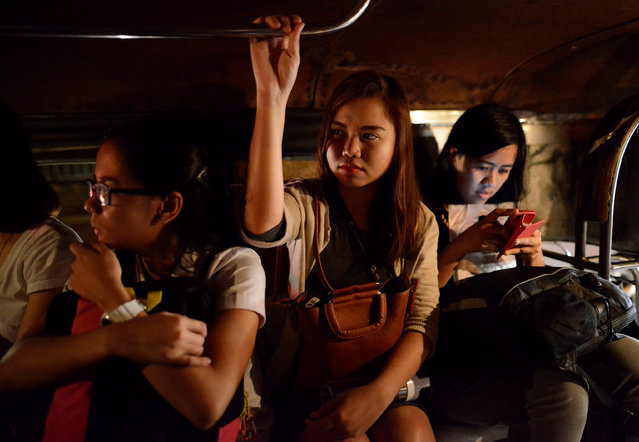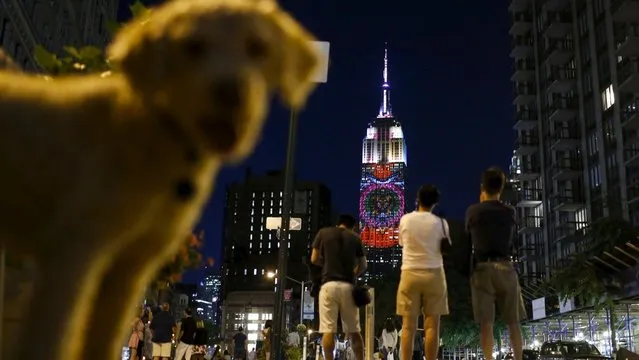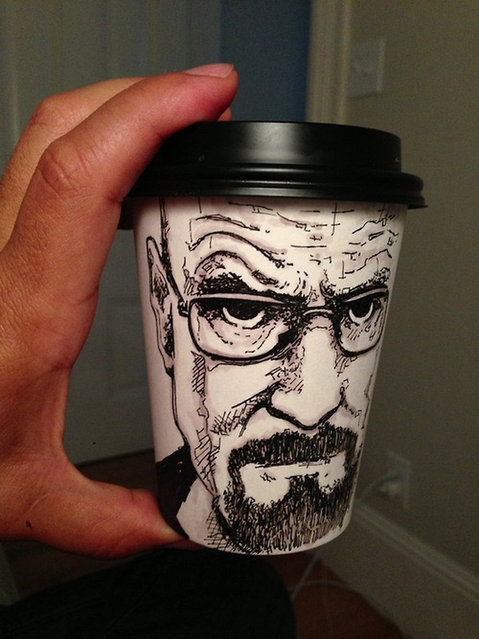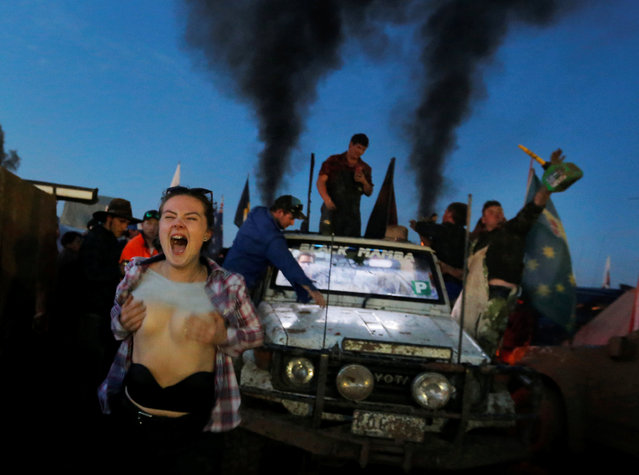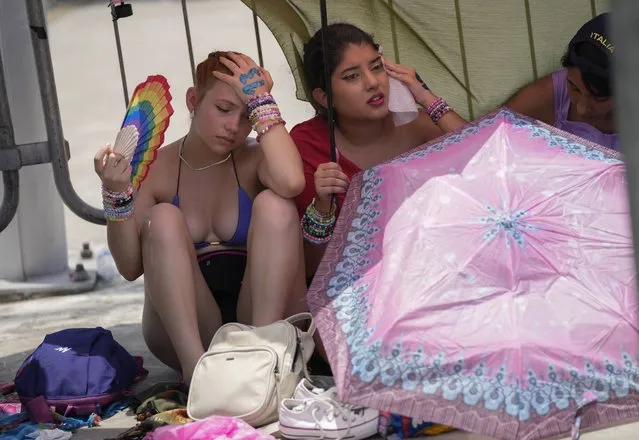
One of the busiest areas in Birmingham, United Kingdom last night was Ludgate Hill in the city's Jewellery Quarter. Brits enjoying the hottest August day for almost 20 years spilled out of packed pubs on August 7, 2020 after sunbathing on beaches around the country as the mercury rose to 36.4C. (Photo by SnapperSK/The Sun)
09 Aug 2020 00:07:00,post received
0 comments


